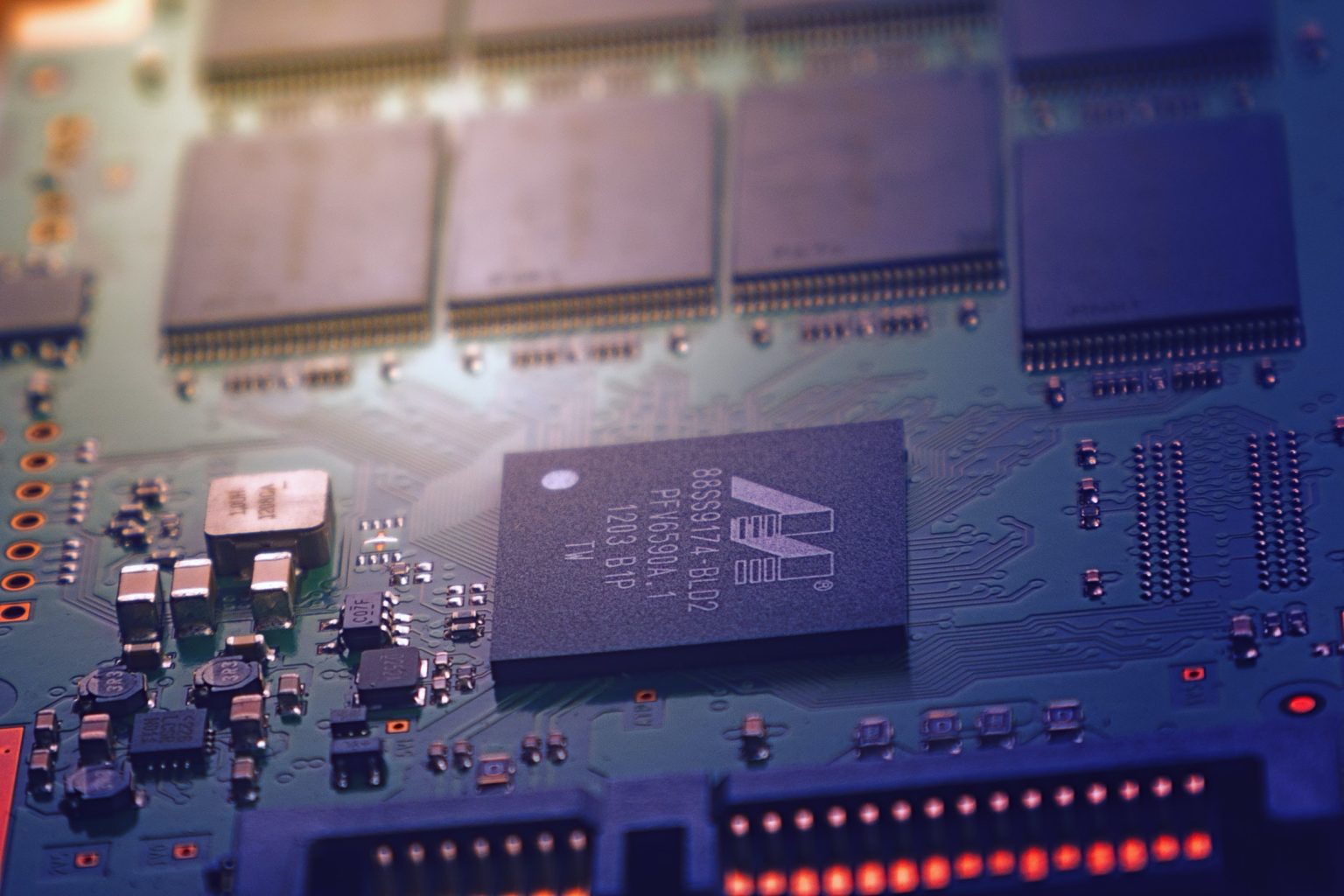The ability to quickly and efficiently process data in the digital age is key for industry revitalization. But this requires an underlying infrastructure that can manage all necessary components – from hardware to software. Companies increasingly use Internet of Things (IoT) technology to build this type of infrastructure.
The IoT core building blocks – often called the five Cs – are the cornerstone of a holistic, tech-driven business approach. When combined, these five components help bridge the gap between data, hardware and software, creating a unified and powerful force for generating new insights and propelling businesses forward.
What Do The 5 Cs of the Internet of Things Entail?
The five Cs of the Internet of Things is: collect, control, communicate, compute and connect. Below we will explore each component in more depth.
Collect
Comprehensive data is the cornerstone that facilitates informed and tactical decision-making. Collecting and analyzing data from your various source streams is critical, as it can help shape strategies that push your business further. This raw material you accumulate becomes the lifeblood that fuels the other ‘Cs’ in your IoT stack.
However, it’s crucial to note that data collection and storage carry a significant responsibility. If the data you gather includes personal or identifying details of your customers or employees, ensuring its security is imperative.
As a company, you are liable if any of the collected data leaks or is stolen. The key takeaway here is the greater the volume of data, the higher the level of responsibility.
Making Data Collection More Secure: Balancing Quantity with Quality
When dealing with data, it’s not just about the quantity but also the quality and security of it. Establishing secure, centralized data collection hubs that can comprehend and compute incoming data from recording sites is an effective way to safeguard sensitive data.
IoT technology has revolutionized how companies collect and process vast amounts of data. However, it’s equally vital to prioritize data security. Companies that amass sensitive or proprietary data are legally bound to protect it. While IoT technology opens up a world of possibilities, it also necessitates stringent data protection measures.
Connect
Possessing a large amount of data is beneficial for your business, but without a meaningful connection and a clear objective, it remains just a pool of information.
Consider IoT connectivity in the same way your mobile phone operates. Your device links to a satellite or network, permitting you to disseminate data across a broader scope. This interconnection enables efficient data gathering and transmission, making your reach more extensive and comprehensive.
IoT: Addressing Connectivity Challenges
Some clients wish to establish remote work settings that provide the same level of connectivity as a physical office space. However, the confines of a standard remote office arrangement can hinder collaboration and oversight. IoT connectivity solutions offer remedies that enable businesses to transition to remote operational models while retaining the connectivity integral to the conventional office setting.
Compute
Data collection and connection processes are futile without a robust computational interpretation of what the data implies. Present-day IoT systems and hardware present many computing options that can be customized to align with your company’s specific requirements.
With AI systems paving the way for machine learning, the velocity of these computations is becoming increasingly critical. The world is in constant motion, and IoT hardware and software solutions will evolve to support your business better.
Leveraging IoT for Enhanced Computation Efficiency
Many businesses rely on instant updates via IoT hardware and software solutions. Constructing a system that proficiently computes your data in a functional and straightforward manner is crucial when building an IoT system for your business.
Comprehend
Following the computation stage, you’ll require a method to decode and understand your data. This step is crucial for strategic planning. By ensuring you understand the information, you can make intelligent business decisions that will significantly impact your company. This interpretation can occur both at human and machine levels.
Simplifying Your Data for Better Understanding
AI software can present your data in an easy-to-read format. If you require simplified data, an IoT service provider can assist you in understanding how the particular data you’re collecting is utilized.
Control
At the end of it all, possessing data and knowing how to use it is vital, but what would your sector look like if you lacked command over these individual phases of your technological solutions?
The reins of your company should always be in your hands. While IoT solutions may take care of the heavy-duty tasks, you still should steer each stage, making decisions aligning with your company path.
A modern business might lean more toward technological solutions, but these still depend on the human element. IoT tools do not operate independently from the decisions you make as a company. Instead, they are resources to assist you in making the most informed decisions, guiding you toward strategies that will add value to your customers at every phase.
Integrating the Five Cs to Transform an Industry
In our interconnected world, it is crucial to prioritize these five Cs to ensure that your business thrives and stays future-focused. By embracing technological advancements, even traditional sectors can pave their way forward, maintain relevance, and align with the newer generation.
Traditional industries like healthcare, manufacturing, and automotive are now embracing the benefits of IoT technology. However, as these established sectors adopt emerging technology, it becomes imperative for companies to establish new departments within their organizations. This ensures seamless and efficient integration of new technology, enabling smooth scaling and adaptation for the company’s growth.
Keeping an Eye on the Future of IoT
The five Cs have demonstrated their effectiveness in IoT development and implementation. However, businesses should remain mindful of the ever-evolving market. Staying ahead of the curve entails keeping abreast of emerging trends and advancements in this field.
With the help of a dedicated IoT team, companies can explore new technologies and keep up with the different innovations in the industry. This will help them gain an edge over their competitors and remain competitive.


